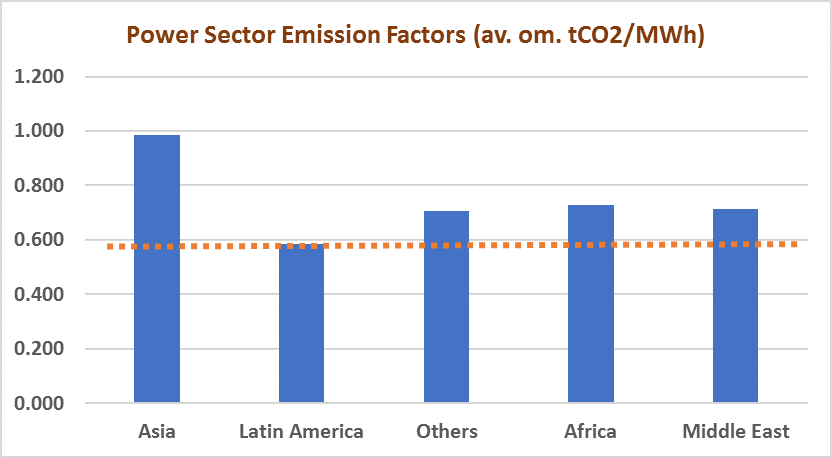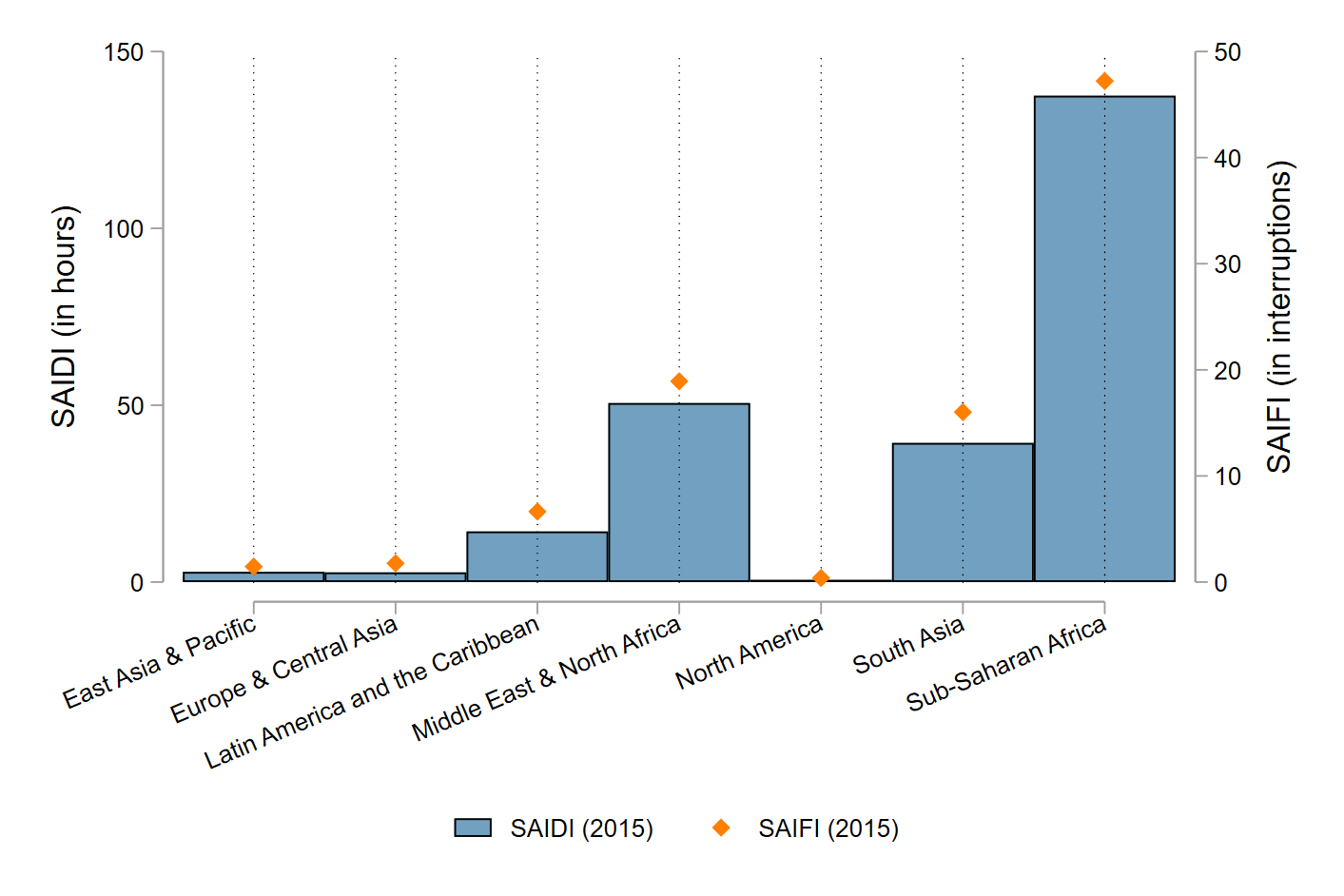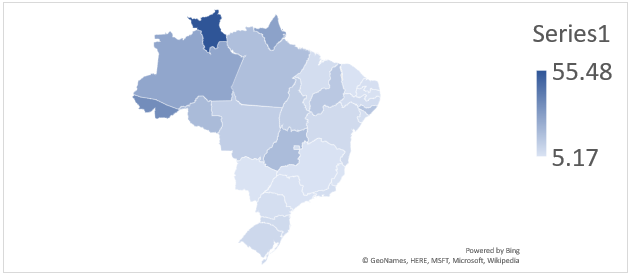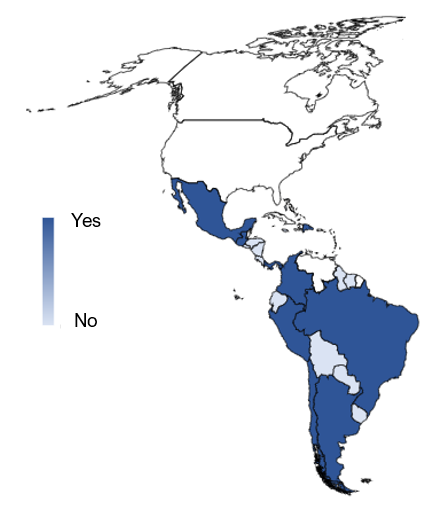- The digital economy is powered by cloud-based data services around the world, such services are growing at a staggering pace of 30-40% annually for some data providers. A key component of cloud-based services is to have data centers that are located close to data domain centers, to reduce the latency of data management and transfer.
- Powering these data centers and thus powering the digital economy requires clean, reliable, and affordable electricity and other services such as water supply. The electricity demand of a data center can range from a few tens of MWs to a few hundred MWs. Such loads can be manageable to some electricity systems, but not to others.
- Powering a data center requires above all a reliable electricity service, fast and swift interconnection procedures for data center loads that tend to grow double digits annually, and a liquid energy marketplace to source renewable energy from providers with varied rate structures that fit the almost constant demand.
- While the Latin American and Caribbean region seems to have adequate conditions to power the growing demand of data centers, more actions are needed from policy makers, regulators, and utility companies to service the needs of this new important demand. These actions include: more specific information about the quality and reliability indicators for electricity services; updating interconnection rules to make them more swift and effective for loads that need to shorten interconnection times and that grow fast; enhancing retail competition so that data centers, regardless of where they connect, have access to multiple choices of supply, specially renewable energy, and to allow such load to participate in providing other services to the system.
Data centers will be one of the fastest growing electricity consumers. In this information and digitalization era, these data centers will be at the core of every economic system. A data center is a building or group of buildings that houses computer systems and related components; they often offer cloud-based information technology solutions to customers such as private companies and governments.
The energy sector is a central component of these infrastructures, due to the energy consumption level. It is estimated that data centers already consume 3% of the total electricity generated in the world (Holbrook, 2019). Just the demand of data centers in the United States of America (USA) is estimated in 16 MW, roughly the Central America installed capacity. It seems that it is just the beginning of a growth trajectory: the internet traffic is growing exponentially in an era of crypto coins and the internet of things (IOT).
The big data centers have already started to be present in Latin America. In Brazil, Amazon installed a data center in 2011 that currently has the biggest market share. It was followed by two other big players, Microsoft and Google. In Chile data centers already have a load equivalent to 0.9% of the total demand.
How clean these data centers will be, it will depend on how efficient they are, and how clean the electricity matrix is. “[…] under a sweeping definition that encompasses personal devices, mobile-phone networks and television- accounts for more than 2% of global emissions. That puts ICT’s carbon footprint on a par with the aviation industry’s emissions from fuel. What could happen in the future is hard to forecast. But one of the most worrying models predicts that electricity use by ICT could exceed 20% of the global total by the time a child born today reaches her teens, with data centers using more than one-third of that” (Jones, 2018).
In order to be efficient, a data center will need to invest in energy efficiency and play a key role to increase the efficiency of the whole energy system, where it is implemented. The interaction with smart grids, demand response programs, and well-designed markets will allow data centers to provide flexibility (so required and valued) to the energy system. For instance, delivering services for secondary reserves could be an efficient way to use the data center´s flexibility, increasing power system efficiency and competitiveness, and decreasing overall costs. (Chen et al. 2018).
How are Latin America countries placed to attract these opportunities for the region? First, LAC is well-known to have a clean electricity matrix, as we can observe in figure 1 below.
Figure 1: Power Sector Emissions Factor

Considering quality, in average we are well-placed among developing countries, as can be seen in figure 2. We have, however, room to improve to compete with developed countries, and we have an important heterogeneity, among countries and even inside the countries.
Figure 2: Quality Indicator for Energy Services

Looking at the diversity of quality inside the countries, an interesting example is Brazil. When we look at the indicator for the interruption’s frequency, we observe a huge heterogeneity: between the best and worst series we have a difference of 10 times (figure 3).
Figure 3: Quality Indicator for Energy Services in Brazil by State

Considering the possibility of large consumers buying their own energy through bilateral (not regulated) contracts, we also observe an important diversity in LAC, even if the biggest countries already allow this kind of contracts (figure 4). It is an important element for energy intensive services in order to guarantee clean energy and to be also able to negotiate and assure electricity rates.
Figure 4: Regulation allowing bilateral contracts for large electricity consumers

LAC countries have many characteristics that could attract data centers, such as clean energy at a reasonable level of quality and market freedom for bilateral contracts. To tackle this opportunity and to improve the overall efficiency of the system, our countries will also need to invest in developing price incentives and flexibility services to motivate new big players’ contributions to the power system.
References
Chen H., Zhang Y., Caramanis M. C., Coskun A. K.,. 2019. EnergyQARE: QoS-Aware Data Center Participation in Smart Grid Regulation Service Reserve Provision.
Holbrook E., 2019. Global Data Center Power Market Expected to Reach $10 Billion by 2025. Energy Manager Today.
Jones N., 2018. How to stop data centres from gobbling up the world’s electricity The energy-efficiency drive at the information factories that serve us Facebook, Google and Bitcoin.


Leave a Reply